The long-awaited review of the railways by former British Airways executive Keith Williams chugged past the platform of public debate without creating much stir. Politicos noted that it had become ‘the Williams-Shapps Plan’, indicating an urge on the part of Transport Secretary Grant Shapps, in Tony Blair’s words, to be personally associated with eye-catching initiatives — in this case, especially those that have nothing to do with the issue of whether British holidaymakers will be allowed to fly abroad this summer.
But the review’s core proposal — a new public body called Great British Railways that will control tracks, timetables and fares, and contract with private operators to run trains — provoked little controversy. That’s probably because it surprised no one who has followed our unhappy railway saga since the Major government embarked on privatisation in 1994 using a blueprint devised by the Treasury, against advice from railway-men, that broke the network into a multitude of fragments.
The primary aim was to maximise sell-off proceeds while getting the job done by 1997. The result wasn’t all bad: many services and stations are far better than they used to be. But the overall scheme was clunky, confusing, riddled with contract disputes and dependent on rising subsidies. After the trouble-prone track owner Network Rail was brought back to public ownership, train-operating franchisees who found it impossible to make a decent return began successively throwing in the towel. In last year’s lockdown, the Department for Transport had no choice but to take all the remaining franchises in hand.
In effect, the industry renationalised itself. The structure proposed by Williams cements much of that status quo, while creating clearer roles and rewards for private-sector contractors. I would have liked to see stronger support for the role of competitive ‘open access’ operators, of which the only significant survivors are Grand Central (Sunderland to King’s Cross) and Hull Trains. But the truth is that almost no one — not long-suffering commuters, not even the most ardent of Tory backbenchers — still cares much about the ideology of public vs private railways.
That was a debate from a different era: today’s Downing Street is interventionist by instinct and today’s voters simply want trains that are on time, frequent, with decent broadband and fares that don’t rise above inflation. For those who give a fig about public finances, it would also be a relief to know that rail’s cost to the taxpayer might eventually reduce.
If fragmentation has been the problem these past 25 years, centralisation as proposed by Williams must be a better answer. Some pundits scoff at the Johnsonian (or perhaps it’s Shappsian) hubris of calling all this ‘Great British Railways’, but it creates a useful hostage to fortune. If we can’t see a real difference by the next election, we’ll remember who to blame.
The rich get richer
This year’s Sunday Times Rich List was — like some of its top plutocrats — short, fat and frankly unsatisfactory. Reduced from a thousand names to 250 and requiring minimum assets of £600 million, it robbed me of the annual pleasure of spotting City chums who had crept in at the bottom with a low nine-digit score. I also used to enjoy saluting Woon Wing Yip, the worthy Birmingham supermarket tycoon who held 1,000th place in the list for several years before 2019. But what can I say about a mixed bunch of billionaires whose combined wealth, boosted by soaring share values, grew 22 per cent during the pandemic year while so many ordinary folk struggled?
It’s an odd reflection that none of the UK-based names made it into the ‘50 Richest in the World’ sidebar that’s dominated by Americans and Chinese: according to Forbes, the US welcomed 110 new billionaires last year while China notched up 238, or one every 36 hours.
So what, you may think: good luck to them, especially if their fortunes were founded on innovative ventures that required stamina and risk to reach fruition. Rest assured I’m not about to sully The Spectator with a Piketty-style argument in favour of global wealth tax — though I see a case for aligning capital gains taxes with income taxes and I warm to Joe Biden’s rhetoric about billionaires and big business paying their ‘fair share’.
And it’s worth asking this: what proportion of the wealth of today’s super-elite is the accidental result of quantitative easing and ultra-low interest rate policies designed to keep economies alive over the past difficult decade — rather than the result of personal effort or stewardship? If it’s measurable; if it would help straighten out public finances over the next decade; if, as Biden says, it wouldn’t deprive the rich of their private jets — then wouldn’t it be reasonable to claw just a slice of it back?
No beef with the Aussies
Would tariff- and quota-free imports of Australian beef and lamb, under a proposed free trade deal, throw British farmers ‘under the bus’, as NFU president Minette Batters put it? Apparently not, given that current imports of red meat from Down Under are minuscule and would still be quite small even if they increased ‘tenfold’, as one Aussie mega-rancher predicted they might.
But the truth is that British shoppers will always opt for the cheap and cheerful: a Middlesbrough butcher once told me that his customers preferred bargain bright-red beef from Angola over the well-hung product of nearby Cleveland pastures. If English beef and Welsh lamb are truly premium products, we’ll just have to export more of them — like Scottish seafood — to foreign gourmets. In any event, by the time this trade deal is signed, most of us will have been convinced that meat-eating equals climate sin, and we’ll be worrying about import sources of fungal protein and tofu.
Got something to add? Join the discussion and comment below.
Get 10 issues for just $10
Subscribe to The Spectator Australia today for the next 10 magazine issues, plus full online access, for just $10.
You might disagree with half of it, but you’ll enjoy reading all of it. Try your first month for free, then just $2 a week for the remainder of your first year.



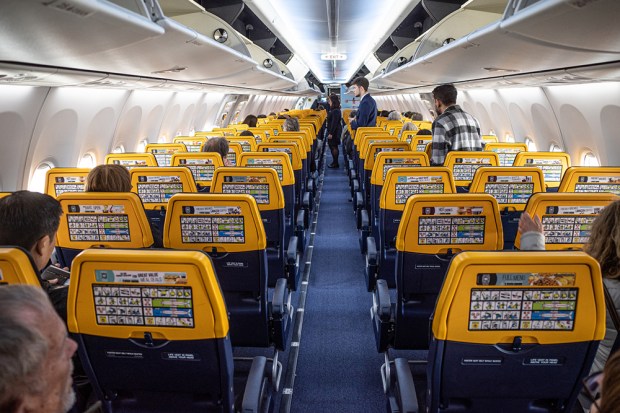

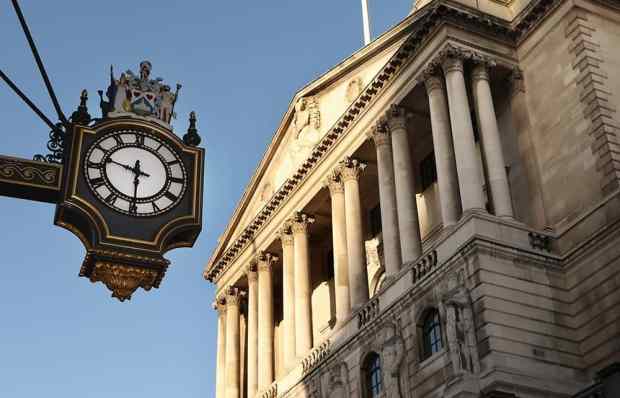
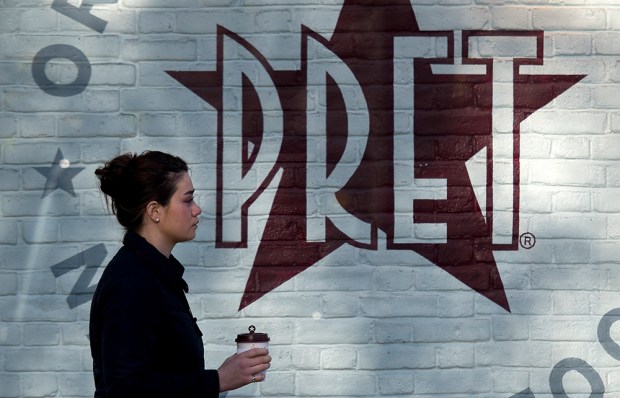
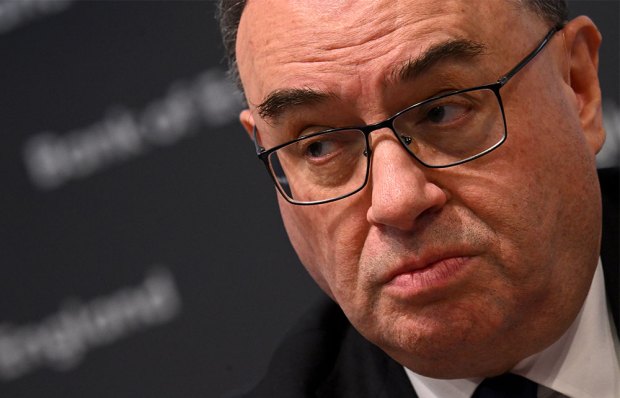
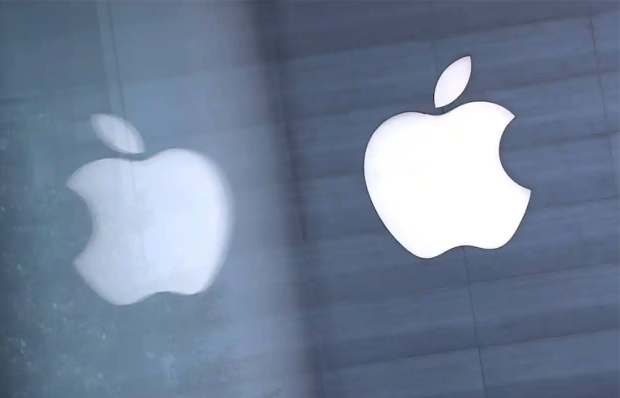






Comments
Don't miss out
Join the conversation with other Spectator Australia readers. Subscribe to leave a comment.
SUBSCRIBEAlready a subscriber? Log in